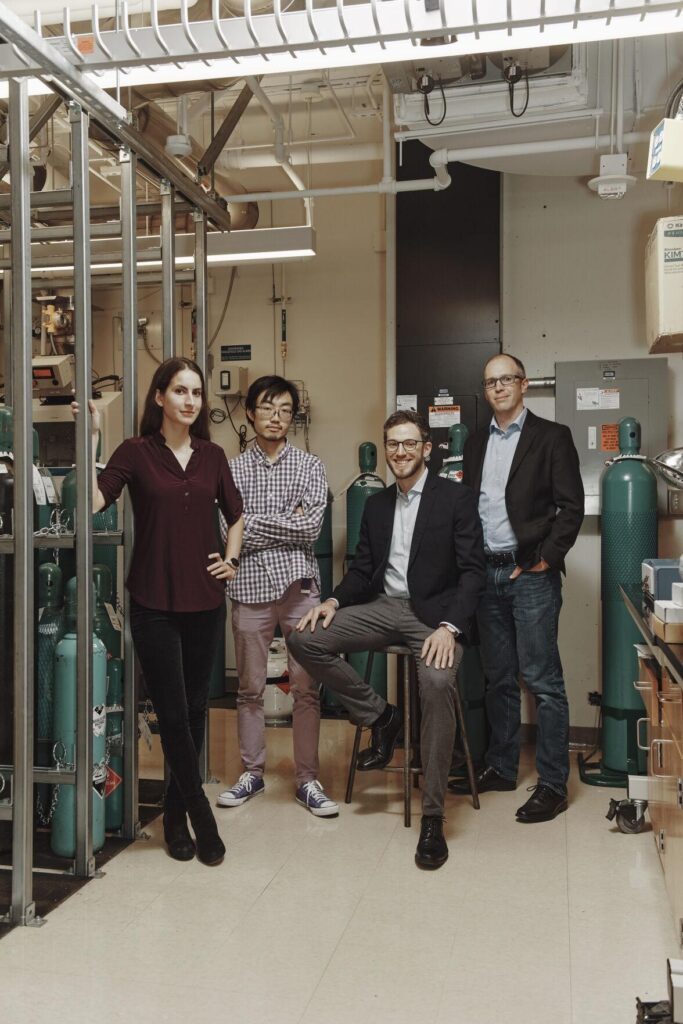Osmoses, an industrial separations technology company that purifies gases, has raised an oversubscribed $11m seed round led by Energy Capital Ventures, according to a news release.
Additional participating investors include Engine Ventures, Fine Structure Ventures, New Climate Ventures, Collaborative Fund, Little Green Bamboo, BlindSpot Ventures and several prominent angel investors, including Martin Madaus, the former CEO of Millipore Corporation.
In addition to its venture capital funding, Osmoses recently received a $1.5m grant from the US Department of Energy (DOE), as well as additional grant support from ARPA-E and NSF, among other organizations.
Osmoses will use the funding to develop commercial scale membrane modules for field deployment and establish pilot partnerships.
“In the coming months, Osmoses will double its full-time employee headcount, increase its pilot programs with chemical and petrochemical companies, utilities, and alternative energy companies, and develop partnerships with engineering and manufacturing firms,” the release states.
Gas molecules like hydrogen, biomethane, and oxygen are essential ingredients for alternative, low-carbon energy production, the release states. Because these gases don’t naturally occur in a form pure enough for direct use, they must first be separated, but their size and volatility makes doing so energy-intense, and expensive.
Today’s industrial separation processes, including cryogenic processes, distillation, and solvent absorption, account for 15% of the world’s energy consumption, the release states. CO2 emissions from energy combustion and industrial processes accounted for 89% of energy-related greenhouse gas emissions in 2022.
“Membrane technology, which operates as molecular filters to separate gas molecules from one another, has the potential to reduce energy consumption, but widespread implementation remains limited due to product loss and high operating costs,” the release states. Osmoses has developed a patented novel membrane technology that purifies gas molecules with unprecedented flux and selectivity, meaning lower capital requirements and operating costs for customers, with a significantly smaller physical footprint than today’s traditional separation processes – all while reducing industrial energy consumption by up to 90%.”






